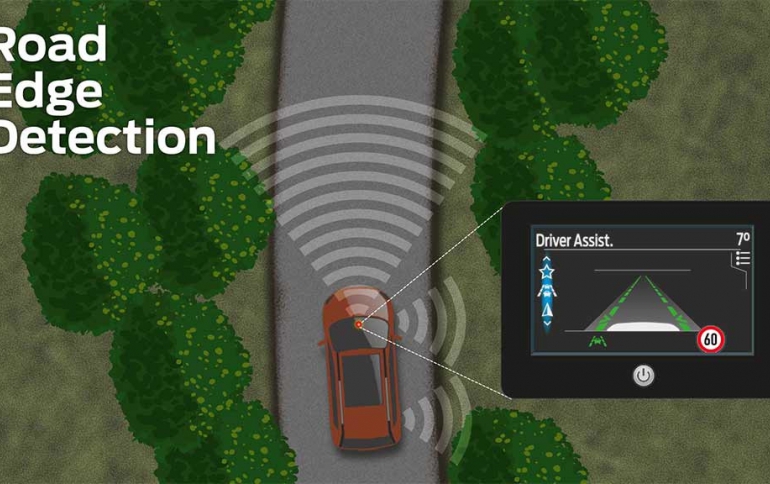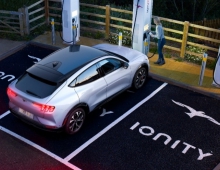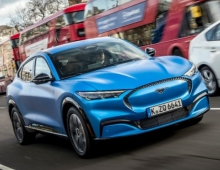
Ford Tech Helps Drivers Steer Clear of Ditches and Drops
Ford has introduced new technology to help make rural driving easier. Road Edge Detection scans the road ahead and can gently steer the vehicle back on track when needed.
Driving in rural areas can be tricky when unmarked road edges become ragged and give way to open land, muddy ditches and sheer drops. Most road fatalities in Europe occur on rural roads and – unlike in urban areas – car occupants make up the biggest share of those fatalities.
Designed for use on rural roads at speeds of 70-110 km/h, Road Edge Detection uses a camera located below the rearview mirror to monitor road edges 50m in front of the vehicle and 7m to the side.
Where a paved road becomes a soft verge, gravel hard shoulder or grass, the system provides gentle steering support as required to prevent the vehicle from drifting off the carriageway.
The system features an algorithm that determines when there are clear structural changes from the road to the area beside the road. It can also provide steering support on marked roads when the lane marking is obscured or hidden by snow, leaves or rain.
If the driver is still close to the edge following initial steering support, the system vibrates the steering wheel, to prompt the driver to steer. At night, the system uses the illumination from the headlights and functions as effectively as during the day.
Road Edge Detection is available in Europe on Explorer, Focus, Kuga and Puma, and will be part of the expanding driver assistance technologies being rolled out to new Ford vehicles.





















